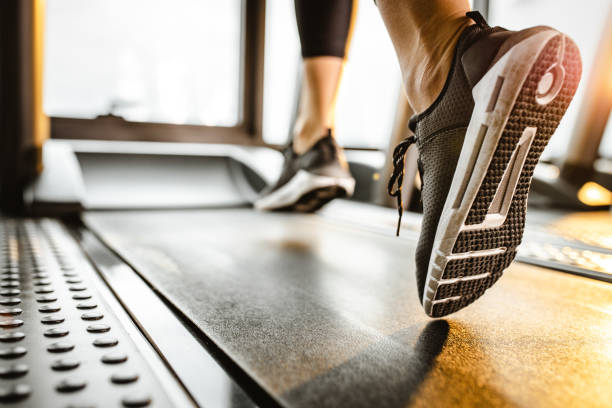Building a treadmill for your dog can be a rewarding project, providing a great way for your pet to get exercise, especially during bad weather or when outdoor walking isn’t possible. Here’s a basic guide on how to build a simple, non-motorized treadmill for your dog. This type of treadmill, often referred to as a carpet mill, is powered by the dog’s movement.
Materials Needed:
- Plywood: For the frame and the running platform.
- PVC Pipes or Metal Rods: For the rollers.
- Carpet or Rubber Matting: To cover the running platform.
- Bearings: To ensure the rollers move smoothly.
- Metal Brackets and Screws: To assemble the frame and secure components.
- Tools: Saw, drill, screwdriver, measuring tape.
Step-by-Step Guide to Building a Dog Treadmill:
1. Designing the Frame
- Measure Your Dog: Determine the length and width of the treadmill based on your dog’s size. A typical medium-sized dog treadmill might be about 40 inches long and 12 inches wide.
- Draw a Plan: Sketch your design on paper, including dimensions for each component. The treadmill should include a base, side rails, and a front and back crosspiece.
2. Building the Frame
- Cut the Plywood: Using the saw, cut the plywood to create the base, sides, and crosspieces of the frame.
- Assemble the Frame: Attach the sides to the base using metal brackets and screws. Secure the front and back crosspieces at the ends to stabilize the structure.
3. Creating the Running Platform
- Attach Rollers: Install rollers at the front and back of the treadmill. These can be made from PVC pipes or metal rods fitted with bearings to ensure smooth rotation. Secure the rollers to the frame with brackets.
- Cover with Carpet: Attach a piece of carpet or rubber matting over the plywood running platform. It should be long enough to loop around the rollers, creating a continuous belt. Staple or glue the carpet to the underside of the platform.
4. Ensuring Safety
- Smooth Edges: Make sure all edges are smooth and covered to prevent injury.
- Side Rails: Attach side rails to prevent your dog from falling off. These should be high enough to be effective but low enough for your dog to comfortably step over.
5. Testing and Adjustment
- Test the Movement: Make sure the carpet moves smoothly over the rollers when pushed by hand.
- Adjust Tension: If the carpet is too loose or too tight, adjust the distance between the rollers for optimal tension.
6. Training Your Dog
- Introduce Gradually: Allow your dog to become accustomed to the treadmill by first letting them explore it while it’s stationary.
- Use Treats and Praise: Encourage your dog to walk on the treadmill with the help of treats and positive reinforcement.
- Supervise: Never leave your dog unattended on the treadmill.
Maintenance and Safety Tips:
- Regular Checks: Regularly inspect the treadmill for any loose screws, worn out carpet, or malfunctioning parts.
- Keep It Clean: Keep the treadmill clean and free of debris to ensure smooth operation.
- Observe Your Dog: Always monitor your dog for signs of fatigue or discomfort while using the treadmill.
Building a treadmill for your dog can be a fun project that enhances your pet’s health and well-being. However, it’s important to ensure that all safety measures are in place to avoid injuries. If you are not comfortable building one yourself or want a more advanced model, consider purchasing a professionally made dog treadmill.
